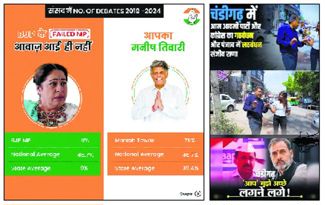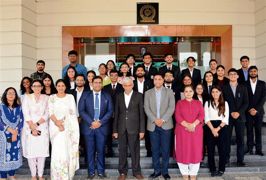
Seema Sachdeva
As 11-year-old Kyra Arora enters the newly opened ‘ice-cream studio’ near her home in Panchkula, her eyes light up. On offer is a mouthwatering range of bars, lollipop sundaes, popsicles, ice-cream sandwiches, gelatos and mini bites. The unending variety is no vanity enterprise. It’s an indication of a booming ice-cream market and the exponential demand for new and sumptuous products.
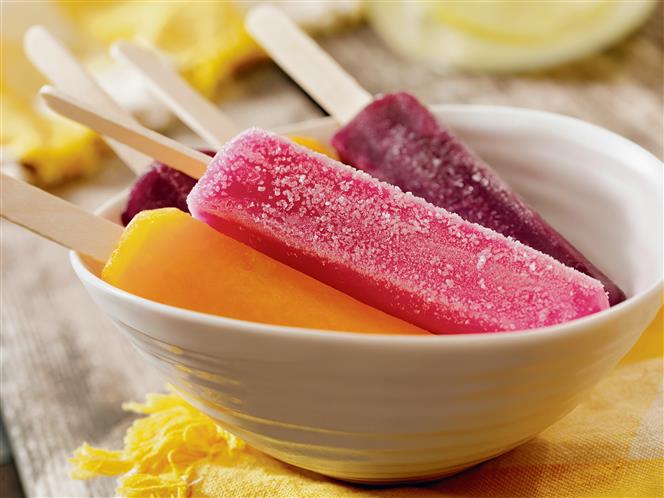
Historically, higher temperatures correlate with an increased appetite for refreshing treats. The Rs 30,000-crore Indian ice-cream industry is predicted to grow by 13-15 per cent over the next few years. As the key players — like Amul, Vadilal, Kwality Walls, Havmor, Naturals, Mother Dairy, Baskin Robbins, Giani’s, Basant and Scoops — up their game, regional and artisanal brands are venturing into the market space with gusto. Supermarkets are flooded with international brands — Häagen-Dazs, Ben & Jerry’s, Cold Stone, London Dairy and others — catering to the well-travelled customers who are ready to pay the high price these global brands command.

In keeping with the demands of the country, which is the diabetic capital of the world, a range of low-fat, low-sugar ice creams is replacing the high-sugar offerings that dominated the market till a few years ago. According to Ludhiana-based Charanjit Singh Basant, managing director of Basant Ice Creams, which started manufacturing in 1952, “Earlier, people enjoyed ice creams that were made from heavy fat and were full of sugar, but this trend has changed post-Covid. Ice creams with lesser fat and sugar substitutes are high in demand now.”
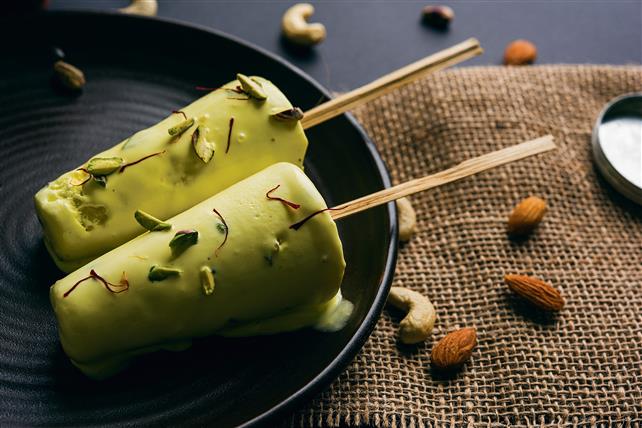
“We have reduced the sugar content from 18 per cent to 16. Similarly, the fat content has been cut from 16 per cent to 11. Diabetic-friendly stevia-based low-calorie ice creams are very popular. We started with two sugar-free flavours. Today, we are offering more than 20 in the category. Our all-time bestsellers, however, are khoya kulfi stick and dry fruit varieties,” says Basant, who is also vice president of the Indian Ice Cream Manufacturers Association (IICMA).
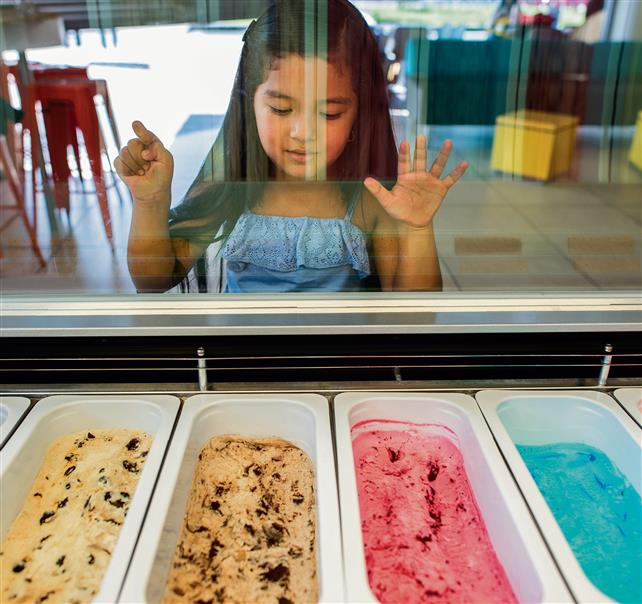
Gurpreet Singh, managing director at Delhi’s legendary brand Giani’s, agrees, “Five years back, when we launched our sugarfree range, it hardly received any response. Today, our low-calorie, low-sugar ice creams are driving our growth.”
As the focus on health increases, there is also a high demand for ice creams fortified with vitamins, minerals and probiotics, says IICMA president Sudhir Shah. “There is a rising interest in options that cater to specific dietary preferences, including low-sugar, low-fat and dairy-free alternatives. Consumers are seeking transparency regarding ingredients and production processes. There is a heightened interest in natural and clean-label ice creams,” says Shah.
The forever go-to treat
“From a category that was associated with sporadic celebrations, ice creams have now moved towards self-indulgence and are seen as treats,” says Mohit Khattar, CEO, Graviss Foods Pvt Ltd-Baskin Robbins. Lately, he adds, the company has observed a trend towards the snacking segment. Baskin Robbins, which entered the Indian market three decades back, has created a niche for itself. Says Khattar, “We have opened 125 new parlours over the past one year, several of them in Punjab and Haryana. This is in addition to our presence in leading trade outlets as well as availability on online platforms. Our offering include several flavours and unique sundaes. Additionally, we have brought in fruity all-day mocktails called fruitinis, made with real fruit, milk and ice cream.”
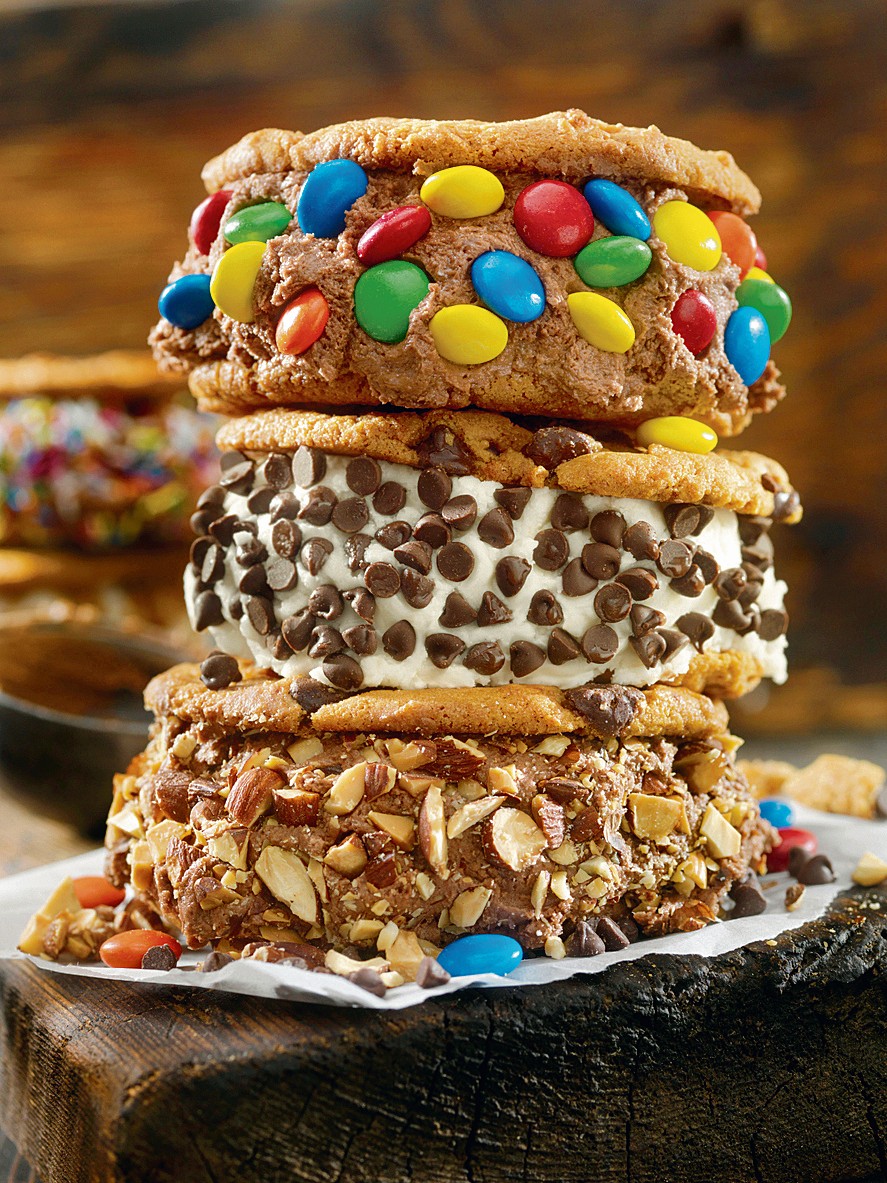
A major share of the impulse category remains the go-to treats. More than 70 per cent of the overall sales is of impulse ice creams that come in the range of Rs 10-20. Though temptation ice creams available on streets are moving fast in smaller and remote areas, city-based parlours and startups are offering high-quality products.
“There is no one type of customer in India. There are some who value price over everything else, there are others who value quality over everything else, and then there are those who want the finest variety and range. There are also those who are indifferent to the controversy (health concerns) over frozen desserts and those who would like only dairy-based products. Baskin Robbins is, of course, a dairy-based ice-cream brand and our customers value us for the variety, quality and taste that we offer,” says Khattar.
Mintu Ansari and Pankaj Kumar from Chhapra in Bihar have been selling Kwality Walls and Amul ice creams in Chandigarh for many years. They usually park their pushcarts close to the paying-guest accommodations. Their major sale, they say, is from students, who go for cups, cones and ice candies. “Our daily sales are between Rs 1,500-2,200. Once the weather gets warmer, these will go up to Rs 3,000-5,000.”
Earlier, one flavour or product could satisfy the needs of the entire family but today, every member has a different preference. So, if older members are going in for nuts and fruit-based flavours, the young ones are experimenting with formats like rolls, sandwiches, mini bites, etc.
“While we enjoy the loyalty of elderly people, majority of our customers are youngsters. Our huge range of sundaes and toppings has received much love from all age groups. Our recently launched unicorn cones have been a hit with children,” says Gurpreet Singh, whose Giani’s was established at Chandni Chowk in Delhi in 1956 by his grandfather, Giani Gurcharan Singh, after he migrated from Pakistan. The brand has a pan-India presence with close to 320 stores.
Soaring growth
Charanjit Basant’s grandfather Lal Singh started making kulfi in 1952 from 20 litres of milk in Ludhiana. Today, the company’s flagship brand ‘Basant’ makes 30,000 litres of ice cream daily though the demand, says Charanjit, is 50,000 litres. “We are in the process of opening a plant with a production capacity of 1 lakh litres,” he says. The brand has 70 per cent penetration in Punjab.
Harinder Budhiraja of Chandigarh-based Lotus Ice Creams agrees, “The demand has increased manifold in the past few years, particularly in rural areas. Earlier, in villages, ice cream didn’t have much sales since many families made it at home. Today, impulse units have maximum sales here. For Baisakhi, we had advance bookings of 1,000-2,000 pieces, besides 10,000-15,000 litres in bulk orders.”
Post-Covid, the industry has also seen the entry of artisanal start-ups offering low calorie, vegan, keto-friendly options in flavours like jackfruit, kala jamun, imli, pina colada, palm jaggery, etc. “In the past two to three years, many new players have entered the market, some very experienced. This indicates that the industry as a whole is growing,” says Gurpreet. His company is expecting a growth of at least 30 per cent this year.
“With growth expectations of around 15 per cent this year, there’s a huge room for expansion across the country, though a very prickly summer or severe heatwave can disrupt this because customers don’t venture out,” says industry expert Firoz H Naqvi. “Many startups are coming up with a range of artisanal ice creams and frozen desserts. This could soon be the fastest growing market globally.” Naqvi, who has been organising ice-cream expos for years, downplays health concerns regarding the ingredients in frozen desserts and ice creams. “Most manufacturers use skimmed milk powder. Both taste great, so it is all a matter of personal preference.”
Delhi-based nutritionist Shalini Chopra, however, disagrees. She says dairy-based ice creams are less harmful compared to frozen desserts, which mostly use low-cost oils like palm oil as the main ingredient. “In any case, people eat desserts for taste and not nutrition, so ideally, low-fat ice creams with low-sugar and plant-based (not chemical-based) sweetners can be enjoyed once in a while,” she adds.
So, be it a frozen dessert or ice cream, take a lick, because the options are far too many.
Cool facts
Japan leads the global market in revenue generation, boasting a staggering
$24,370 million
- The average consumption volume per person in the global ice-cream market is expected to be around 1.2 kg this year.
- Unlike dairy products, which come under the tax bracket of 5 per cent, ice creams and frozen desserts come under the luxury category and fall within the 18 per cent GST bracket.
What FSSAI says
The Food Safety and Standards Authority of India classifies ice-creams under ‘dairy-based desserts and confections’. These are further categorised as plain, medium fat, and low fat depending on the percentage of total solids, milk fat and milk protein used. ‘Frozen desserts and confections’ have been defined as products obtained by freezing a pasteurised mix prepared with milk fat and/or edible vegetable oils and fat.
- Gujarat, Rajasthan, Maharashtra and Goa stand out as the hub of ice-cream aficionados, devouring almost 35 per cent of the nation’s ice-cream delights. Ahmedabad is the undisputed leader in ice-cream consumption. When Delhi joins forces with Gujarat, their combined appetite claims about 30 per cent of the entire country’s ice-cream consumption, say experts.
- “In coastal areas in South India where weather is humid, people prefer light natural flavours but in the North, they enjoy more rich and creamy ice creams,” observes Gurpreet Singh of Giani’s.
Why prices are on Higher side
Consumers are increasingly willing to pay a premium for high-quality ingredients, unique flavours, and innovative formulations. This shift towards premiumisation allows manufacturers to command higher prices for their products, reflecting the perceived value and exclusivity of premium ice-creams — Sudhir Shah, President, Indian Ice Cream Manufacturers Association
Join Whatsapp Channel of The Tribune for latest updates.






















